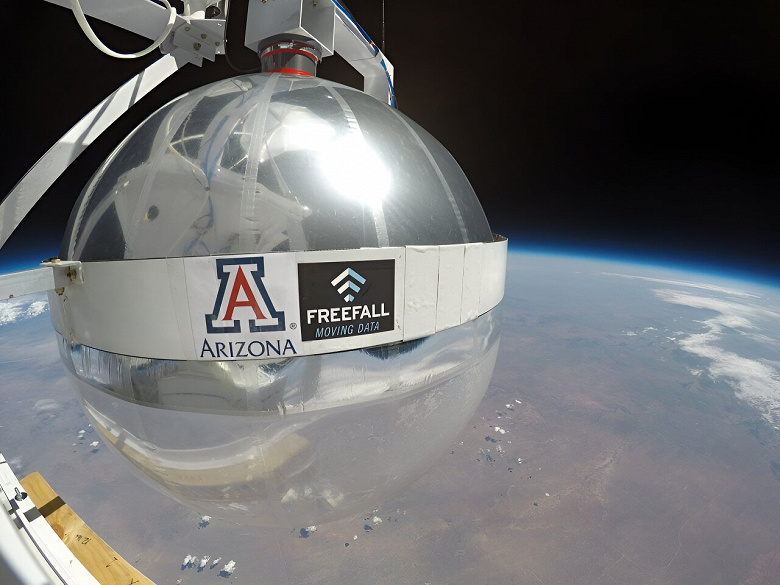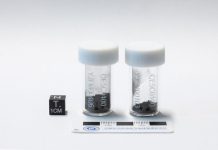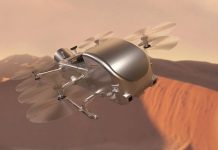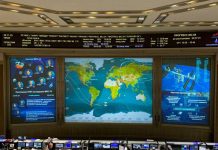Young engineer Christopher Walker has developed the Large Balloon Reflector inflatable antenna, which creates ample opportunities for collecting and transmitting signals. Thanks to the support of NASA, his idea became a reality
About 30 years ago, young engineer Christopher Walker was at home making chocolate pudding when he got a call. In the middle of the conversation, he turned off the stove and covered the pan with cling film to keep the pudding fresh. When he returned, he noticed that the film, when exposed to air, created a convex shape in which he saw the reflection of a light bulb – it was this observation that inspired him to an idea that could lead to a breakthrough in space communications.
Thus, the Large Balloon Reflector (LBR) project, is an inflatable device capable of creating wide apertures for collecting signals, weighing much less than modern deployable antennas. Thanks to NASA’s Innovative Advanced Concepts (NIAC) program, which funds potentially revolutionary projects, Walker’s ideas are beginning to become reality.

The essence of the concept is to use the surface of an inflated spherical structure as a parabolic antenna. About a third of the ball is coated with lightweight aluminum, which gives it reflective properties.
NASA has given birth to a potentially revolutionary antenna design
Thanks to funding from NIAC and a grant from the US Naval Science Laboratory, Walker was able to develop and demonstrate the operation of an inflatable LBR antenna with a diameter of about 10 meters, which was launched into the stratosphere in a balloon. For comparison, the James Webb Space Telescope’s aperture is about 6.5 meters in diameter.
As Walker notes, there were few programs outside of NIAC where this project could be implemented, and at first, he was afraid to share his idea with colleagues, as it sounded quite bold.
Dish antennas use their concave shape to collect and concentrate electromagnetic radiation. The larger the diameter or aperture of an antenna, the more efficiently it can collect and transmit signals over long distances.
In astronomy, a great advantage is the ability to place telescopes in space outside the Earth’s atmosphere, which often distorts or degrades signals coming from space. However, traditional large reflector antennas prove to be heavy and inconvenient to transport, which creates launch problems and impracticability of colossally large aperture telescope designs.
The LBR inflatable device effectively solves both problems. Made from a thin film, it inflates into a stable parabolic shape and does not require massive or complex deployment equipment. Additionally, the LBR can be folded for easy storage and transport.
In 2018, Walker-founded Freefall Aerospace demonstrated the potential of LBR aboard a NASA stratospheric balloon, where it launched a 1-meter-diameter antenna model to an altitude of nearly 50 kilometers.
The next step is to demonstrate high-speed communications in low Earth orbit as part of NASA’s CubeSat Launch Initiative. Once launched into low Earth orbit, the inflatable antenna deployment system will release it from the CubeSat, inflate it to a diameter of about half a meter, and transmit high-resolution photographs of the Earth. This mission is scheduled to launch on Firefly Aerospace’s Alpha rocket as part of the Educational Launch of Nanosatellites (ELaNa) 43 mission, but the exact launch date is not yet known.
Inflatable antenna technology opens up new prospects for space and lunar missions: NASA Goddard Space Flight Center will use an inflatable antenna to transmit data from a terahertz spectrometer designed to search for water on the Moon.




